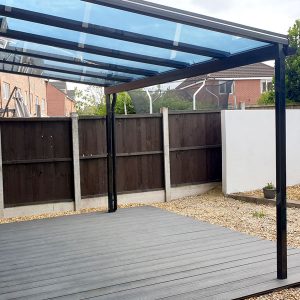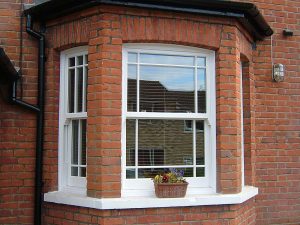Conservatory derives from the Italian for storing or preserving (conservato) and the Latin word for a place for (ory).
Hence, a conservatory was originally for storing food. They were also a non-glazed structure, unlike modern-day versions.
Conservatories In The 1700s
Despite John Evelyn writing about the design of a conservatory in one of his books in 1650, the earliest known structure came much later. At the end of the 17th century, conservatories were stone structures. Moreover, they had more glazing than the building they were attached to.
Back then, conservatories were more so a greenhouse. Scientists utilised them to protect plants and seeds that thrived in Australia and America.
The first conservatory in Britain was built at the Oxford Botanic Garden and then another at Chelsea Physic Garden.


1800s
Throughout the next century, conservatories grew in popularity. John Nash designed four glasshouses for Buckingham Palace in the early 1800s, but one of these ended up at Kew instead. It is still there today.
Before 1845, England had a tax on glass determined by the weight of it. Hence, the glass panes were thin. Wrought iron was used for conservatories because of its strength. However, it was expensive at the time. In the mid-1800s, steel was in production at a cheap rate. Moreover, it was stronger and better in tension than wrought iron, so was used more often.
Around the same time, the installation of the Great Conservatory at Chatsworth House was complete. Furthermore, this was the largest glass structure in the world. Today, the Eden Project is home to the largest conservatory in the world.
The Modern-Day Conservatory
Following on from the Great Conservatory, conservatories had become more and more popular across the UK.
However, during the two World Wars, conservatories were seen as being unnecessary. Moreover, the production almost completely stopped.
Post-war, steel production rose again. In turn, so did the conservatory.
Nowadays, many people own a home with a conservatory. Those who don’t already have one usually consider installing one.
Furthermore, the change in technologies and materials over the years means that modern-day conservatories are more efficient and secure than ever before. There are loads of styles to choose from and options for design too. Click here to see more.






Types Of Conservatory
Gable
Lean-To
Edwardian
Victorian
P-shaped
T-shaped
Garden Room












